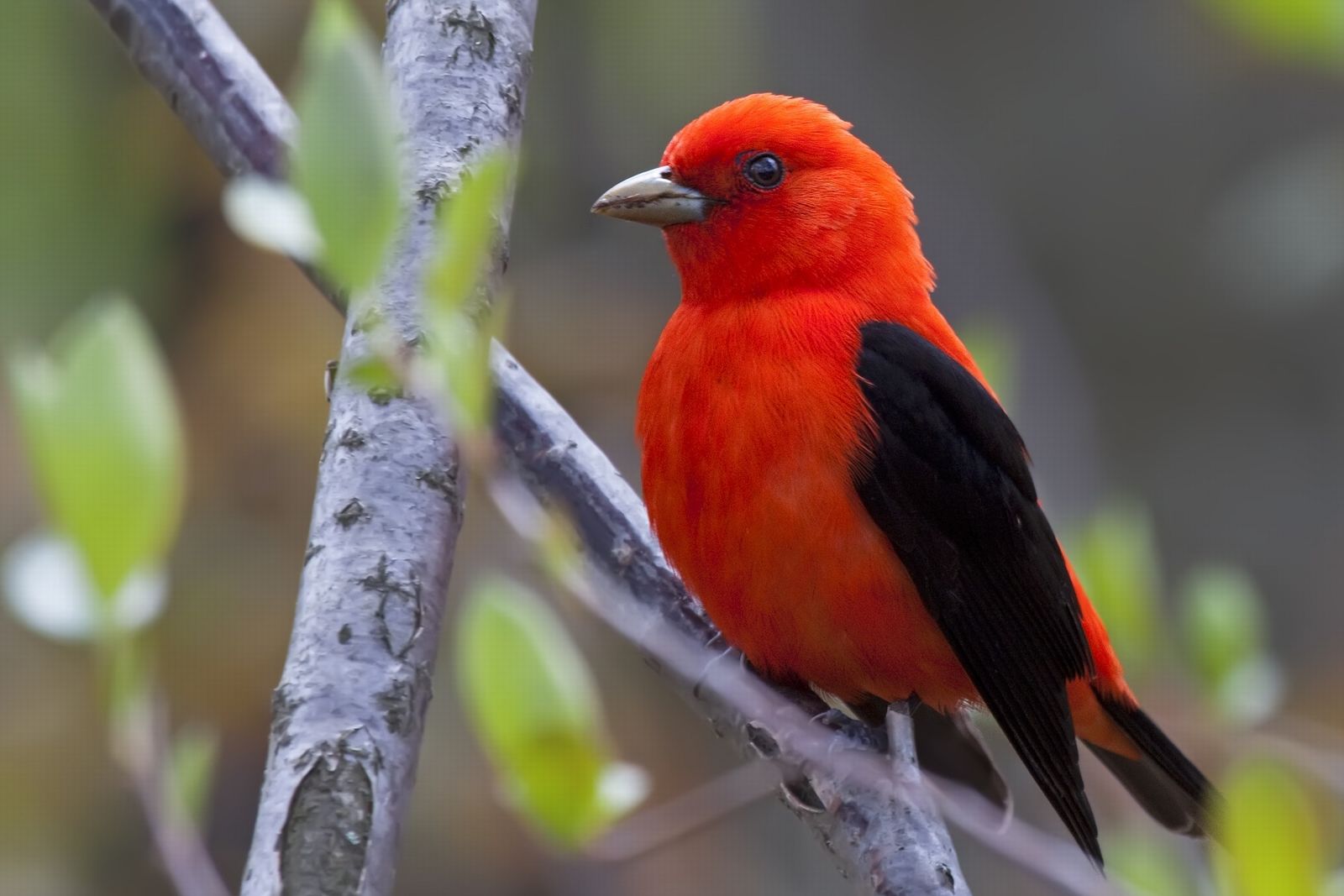A little birdie let me know that … IT’S SATURDAY NIGHT LIVE!!!!
That’s SNL Financial, LLC…
OH… nevermind…
So, from SNL Financial, LLC:
Transmission line developer, DOE pilot more open siting strategy
Tuesday, May 19, 2015 1:45 PM ET
By Esther Whieldon
The Department of Energy and the developer of the 500-kV Great Northern Transmission Line from Minnesota to Canada are piloting a potential new federal process for siting grid projects that they believe is key to preventing the kinds of delays that have plagued some other projects. Their plan: work out most of the kinks through stakeholder meetings and joint agency discussions before the developer files an application.
A pre-application process is not a new concept. Hydropower project and natural gas pipeline developers go through a pre-application process at FERC, for example. However, there is no formal pre-application process at the federal level for high-voltage transmission projects.
Large, multistate transmission lines, particularly those that require approvals from more than one federal agency, often take between five and 10 years to complete. Construction can take as little as two years, but getting all the necessary permits and approvals from the federal government, state regulators and local permitting authorities can take five years or more. President Barack Obama and the DOE have tried to accelerate these timelines but with minimal success.
The DOE in 2013 sought public input on whether a voluntary transmission project pre-application process would be useful. Electricity trade groups and some others gave the idea a thumbs down, arguing the process would be fraught with timing and redundancy issues that would deter developers from using it.
One developer, however, ALLETE Inc. subsidiary Minnesota Power Inc., has adopted the general concept of a pre-application process for its Great Northern Transmission line and officials from the utility and the DOE are now touting the effort as a success, thus far.
About two years before Minnesota Power filed applications for the project, the utility reached out to the department and other agencies and started holding public stakeholder meetings to narrow down the scope of its proposal and avoid areas that are likely to draw local opposition. The utility started with a study area covering about a quarter of Minnesota and, through consultation with stakeholders in more than 70 public meetings, narrowed the project route down to about 220 miles, said Minnesota Power senior attorney David Moeller. Also, the DOE in late 2012 arranged a multi-agency meeting with Minnesota Power on the project. It is “really kind of unheard of to have that type of engagement before we even filed a permit application,” Moeller said in an interview.
Early stakeholder engagement has become even more valuable following the advent of social media, which project opponents have wielded to coordinate their efforts. “People have a lot of different platforms to communicate their support or opposition,” said Amy Rutledge, spokeswoman for ALLETE.
“Traditionally you can draw a line and say that looks like a good area but, until you talk to people and agencies, you don’t know what’s happening on the ground and what the best opportunities and constraints are for developing large transmission projects,” Moeller said.
To avoid duplication, the DOE and the Minnesota Department of Commerce also agreed to prepare a joint environmental impact statement on the project, according to the energy department’s website for the project. The Minnesota Public Utilities Commission uses the commerce department’s analysis in reviewing the project.
Projects of a size similar to the Great Northern line typically take about three to four years to get through the federal process, Moeller said. And while the total time Minnesota Power will have dedicated to the project is expected to fall within that range, the application process itself should take only about a year and a half, Moeller said.
The Minnesota PUC on May 14 approved a certificate of need for the Great Northern Project, which is expected to cost up to $710 million in 2013 dollars, according to a Minnesota Power press release. Hearings on Minnesota Power’s pending route permit application at the PUC are scheduled for July and August. Also pending is the DOE’s decision on a presidential permit for the project, which is required for projects that cross into another country.
The DOE and the White House have at least twice in the last year pointed to the Great Northern Project as the poster child for improving the transmission siting process. In its quadrennial energy review in April, the department noted it is piloting its idea for a pre-application process through the proposed Great Northern Transmission Line.
Among other things, the DOE initiated monthly meetings with other federal agencies, the project developer and other non-federal entities to “ensure early coordination,” the White House said in a May 2014 infrastructure siting fact sheet. For its part, Minnesota Power held more than 70 public meetings, according to Rutledge and Moeller.
“Through these early coordination meetings, the company was able to narrow down potential corridors to two routes in their application which address agency concerns and will facilitate a more efficient review process,” the White House said.
The DOE declined to comment.
About the Great Northern Transmission Line
The Great Northern Transmission Line is planned to span from the U.S.-Canada border to Minnesota Power’s Blackberry Substation near Grand Rapids, Minn. North of the U.S. border, provincial government-owned utility Manitoba Hydro plans to build its portion, called the Manitoba-Minnesota Transmission Project, from a major converter station near Winnipeg to the border.
Initially, Minnesota Power and Manitoba Hydro will split ownership of the U.S. portion of the line, with Minnesota Power owning 51%. Manitoba Hydro will have sole ownership of the Canadian portion of the line. In addition to Minnesota Power buying hydropower from Manitoba Hydro, the two utilities have reached a deal under which Minnesota Power can use Manitoba Hydro’s system to store some excess wind energy.


